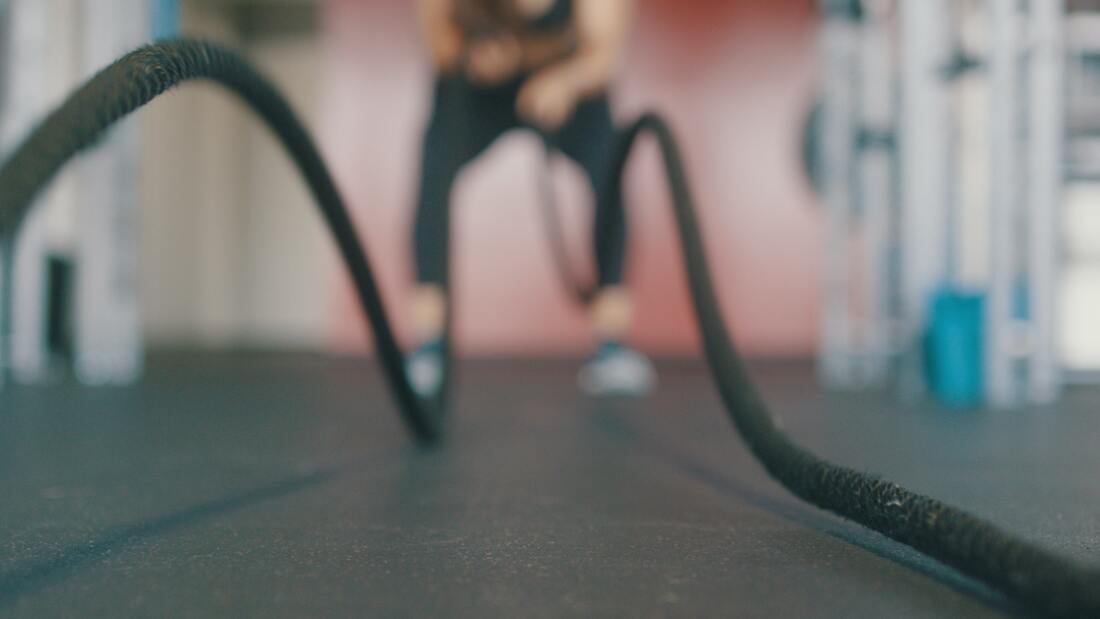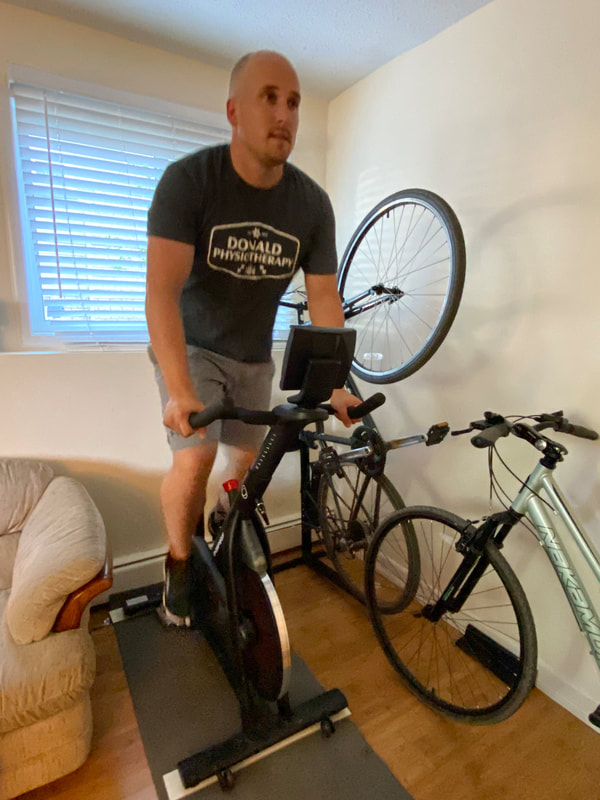While interval training is infinitely variable it can broadly be classified into 2 categories. High intensity interval training (HIIT) and sprint interval training (SIT).
HIIT usually involves efforts at least 80% of your max heart rate, whereas SIT involves all out efforts and shorter interval lengths, both are interspersed by periods of low intensity exercise or complete rest.
Interval training has been around for a long time especially in the sports world, Fartlek training is one of the earlier notable interval protocols popular with distance runners. The last few decades have seen intervals move into the health and wellness space.
Interval training allows you to train both anaerobic and aerobic energy systems at the same time.
I like to use runners as an example of how different activities rely on different systems:
- 100 meter Sprinters (anaerobic) run much faster than marathoners but only run for 10 seconds (think SIT).
- Marathoners (aerobic) run slower but waaaaaay longer (think HIIT).
With age we tend to lose type two muscle fibers (sprinters above average in this fiber type), they are responsible for a significant portion of one’s ability to generate force and power.
Aerobic or endurance training maintains the aerobic capacity of muscles but does not slow down the aging-associated loss of muscle mass, atrophy of type II fibers, or decline in whole muscle force production.
Loss of type ll muscle fibres can contribute to the high incidence of accidental falls observed among the elderly and can compromise quality of life. It is likely that systematic interval training, especially SIT, is effective in maintaining force production characteristics during aging.
Working at a higher intensity means you do not have to work as long. Lack of time is a common reason why people do not exercise. Shorter workout times can be helpful for those trying to squeeze a workout into a full schedule.
With 12 different variables to change with interval training, there are approximately 1.5 million different workouts you could come up with, keeping you and your body engaged to create new adaptations.
Check out some ideas below!
Running SIT
Running HIIT
Cycling HIIT protocols in 60 seconds, HIIT
Body wt. HIIT
KB HIIT
You get similar to or even superior health effects with intervals as you do with moderate-intensity continuous training.
It has been shown to be superior for improving cardiorespiratory fitness in healthy young and middle-aged individuals and people with cardiometabolic diseases including cardiac patients. Individual medical pre-screening is strongly recommended prior to participating with interval training.
ref: pg. 17 & 57 CSEP path
A big criticism of HIIT is that due to its high intensity it is not suitable for the general population and is not going to help unfit people get fit rather help already fit people get more fit.
There are now HIIT protocols shown to be effective for sedentary older adults that are less intense.
A study by Lalande et al, found after training 4x/week for 3 months, participants increased their aerobic capacity by >25% and reduced systolic BP on average of 8 mmHg.
The Summary
In summary, interval training can be done in more than one way (kind of like baking a cake).
Many endurance athletes find success by doing HIIT protocols 20% of the time and continuous training 80% of the time.
printers would likely have that ratio reversed but using significantly more anaerobic or SIT methods.
Do what works best for you in a way that allows you to reach your goals! If you were not doing any type of interval training you may want to consider sprinkling it into your routine.
Interval training can be valuable but people should still include some continuous training and light physical activity for health and fitness benefits.
If you are not ready for moderate training, decreasing sedentary time by moving around the house with light activity more often is important for everyone's health and wellbeing.
And, as always, if any questions, please don't hesitate to reach out and see what may be right for you!







 RSS Feed
RSS Feed